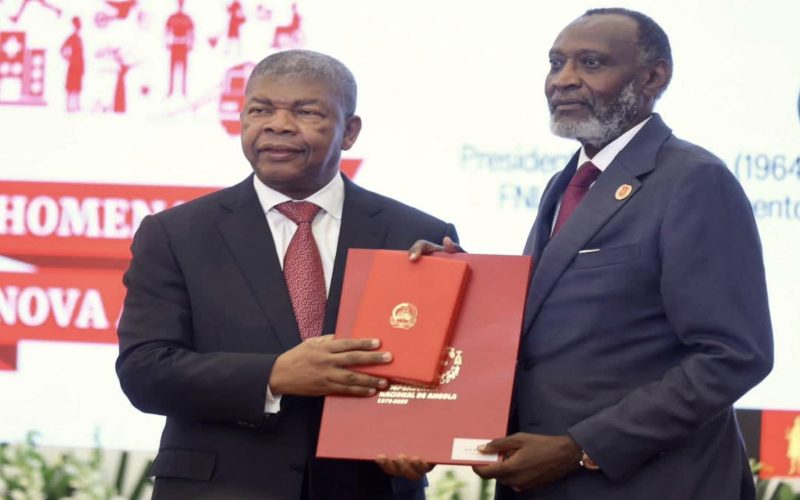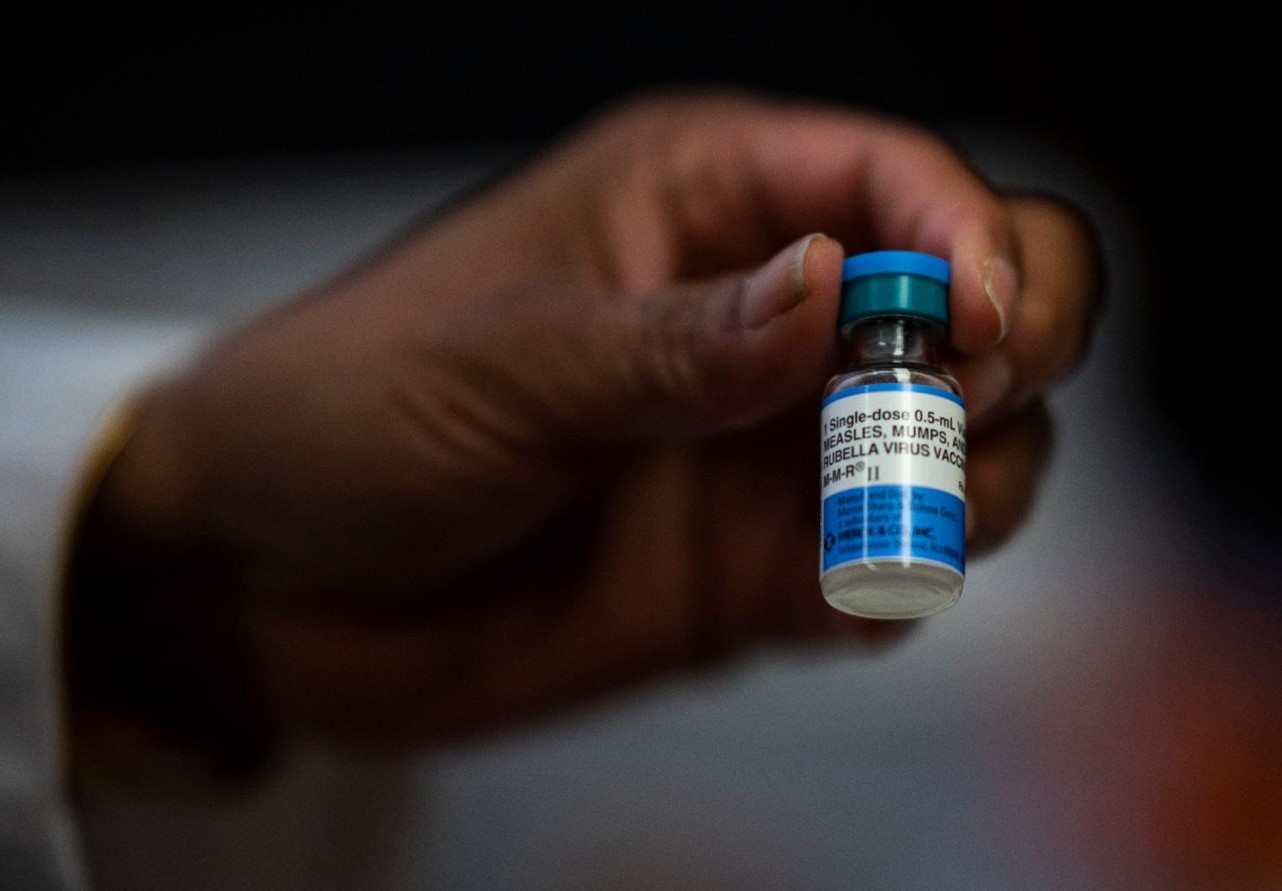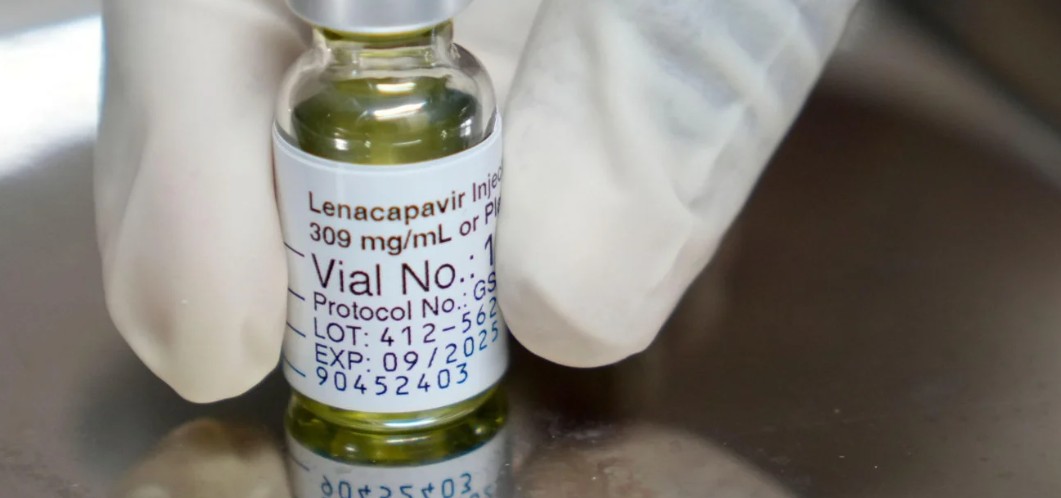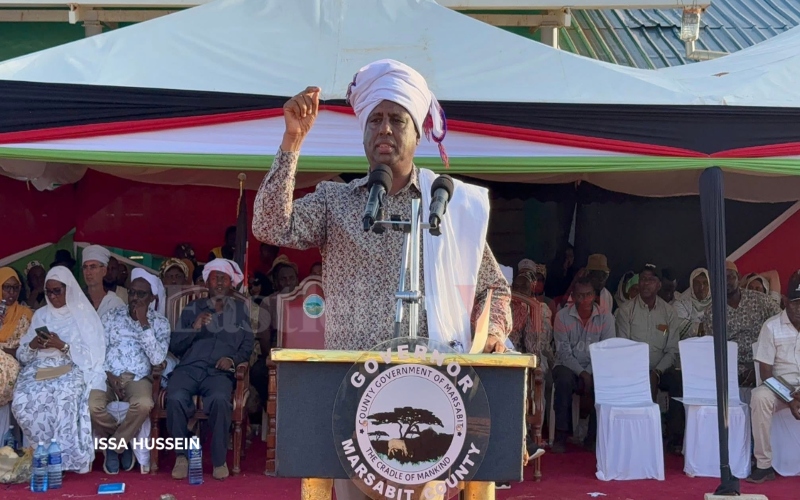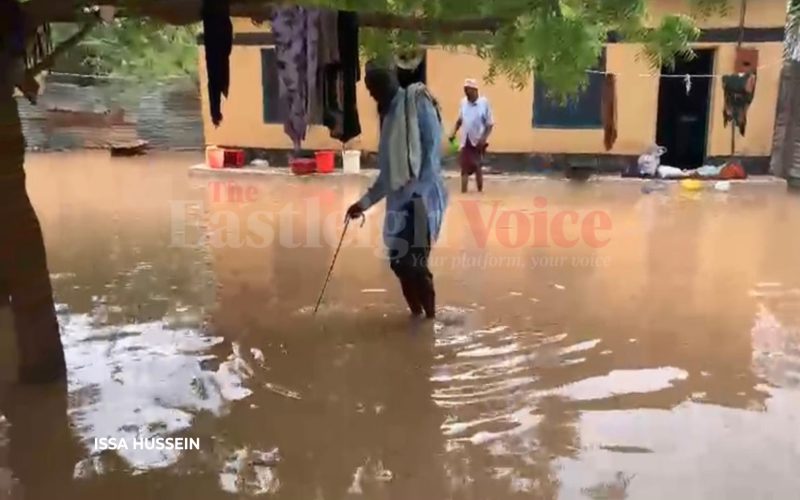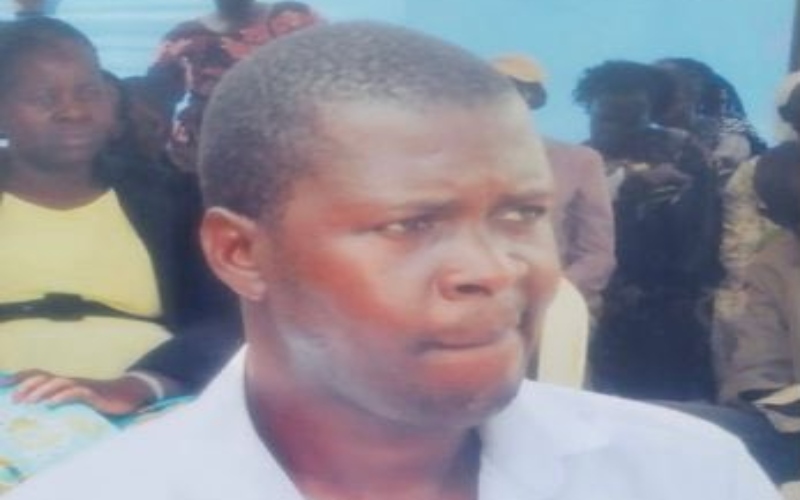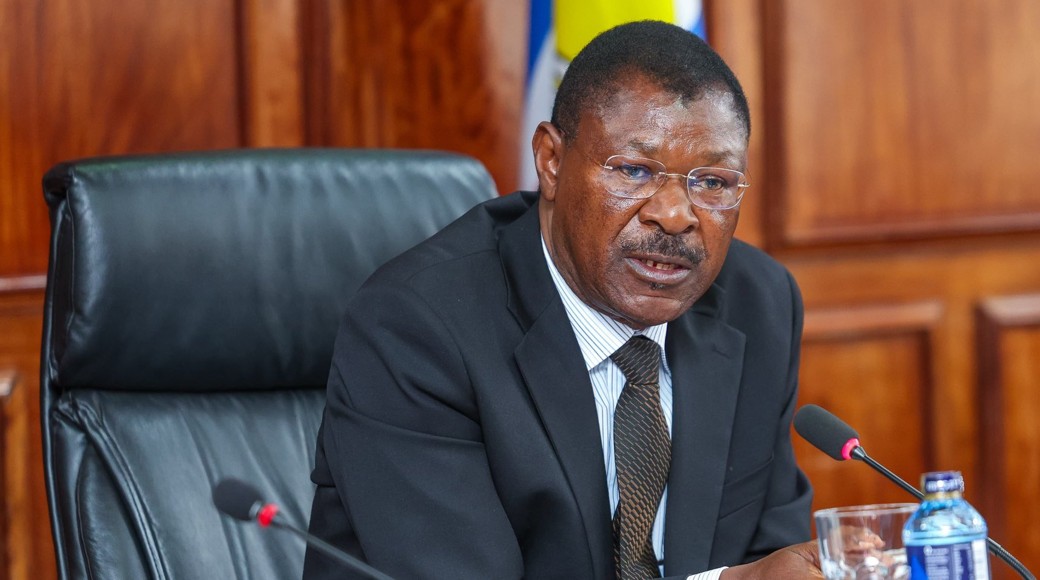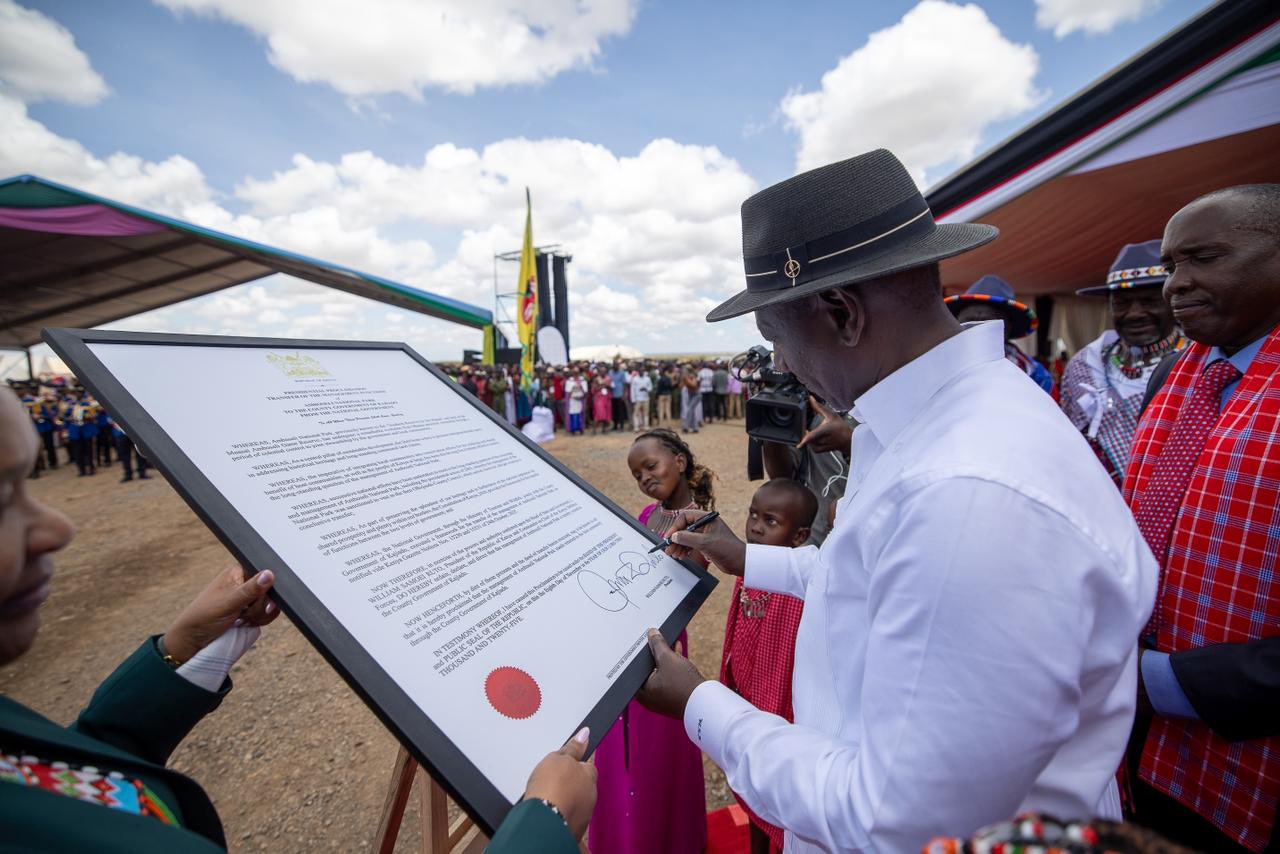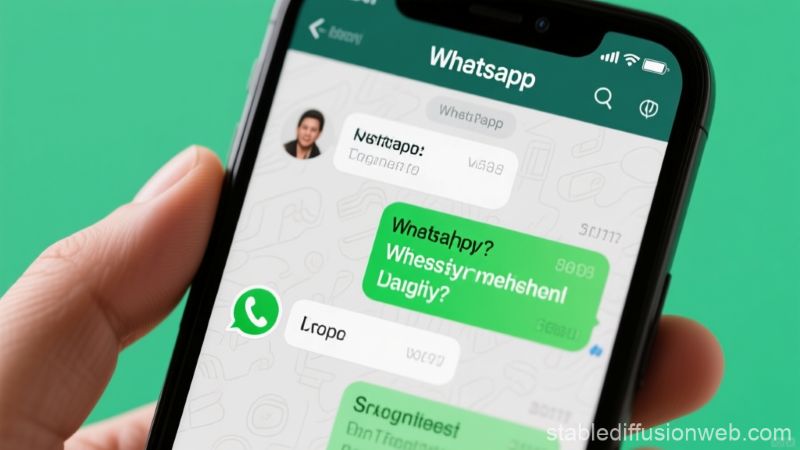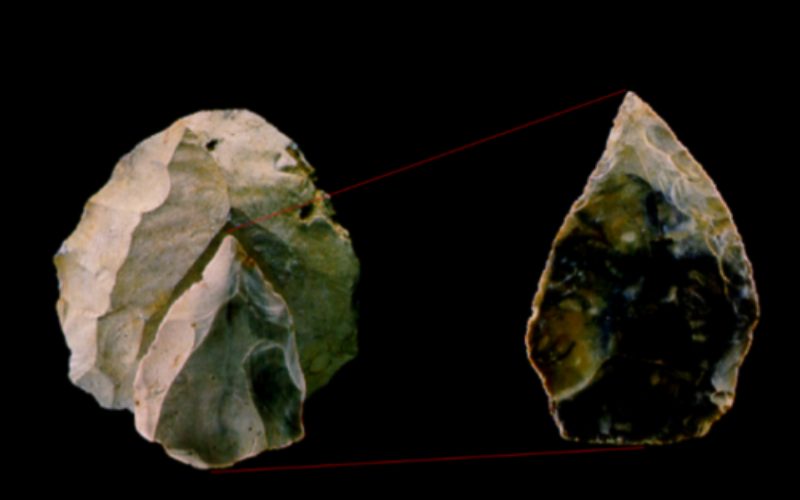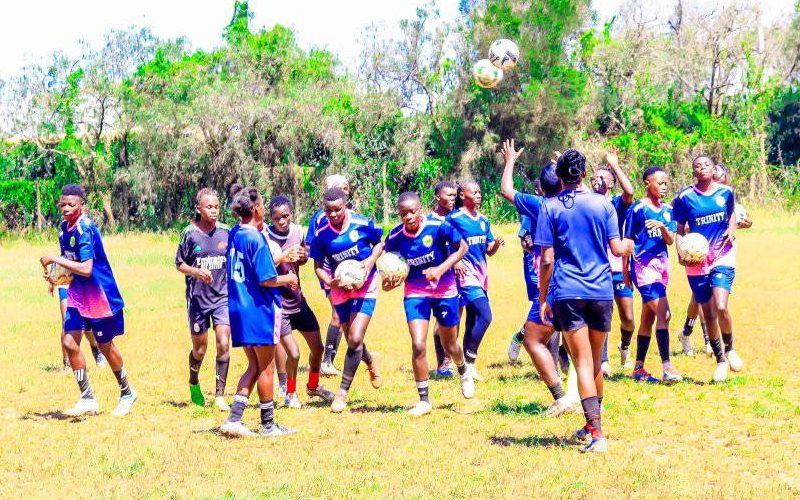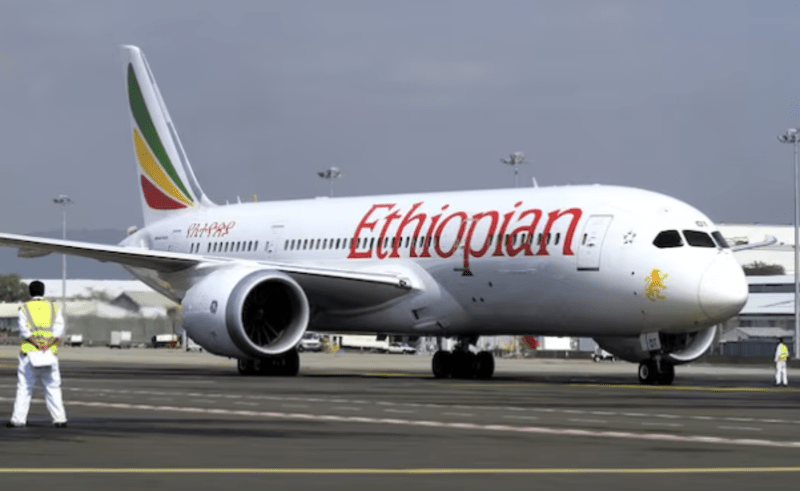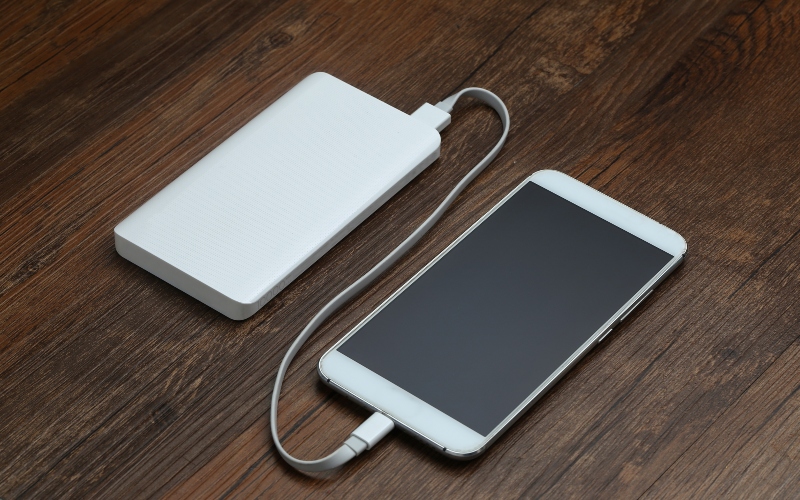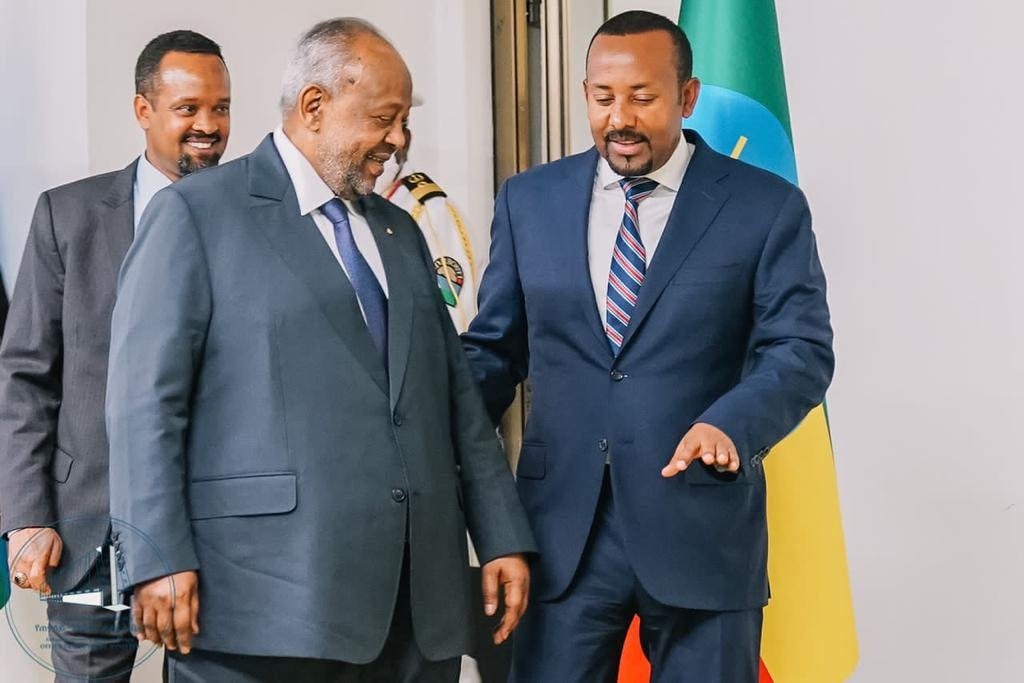Court stops police officers from attacking ambulances, places of worship during protests
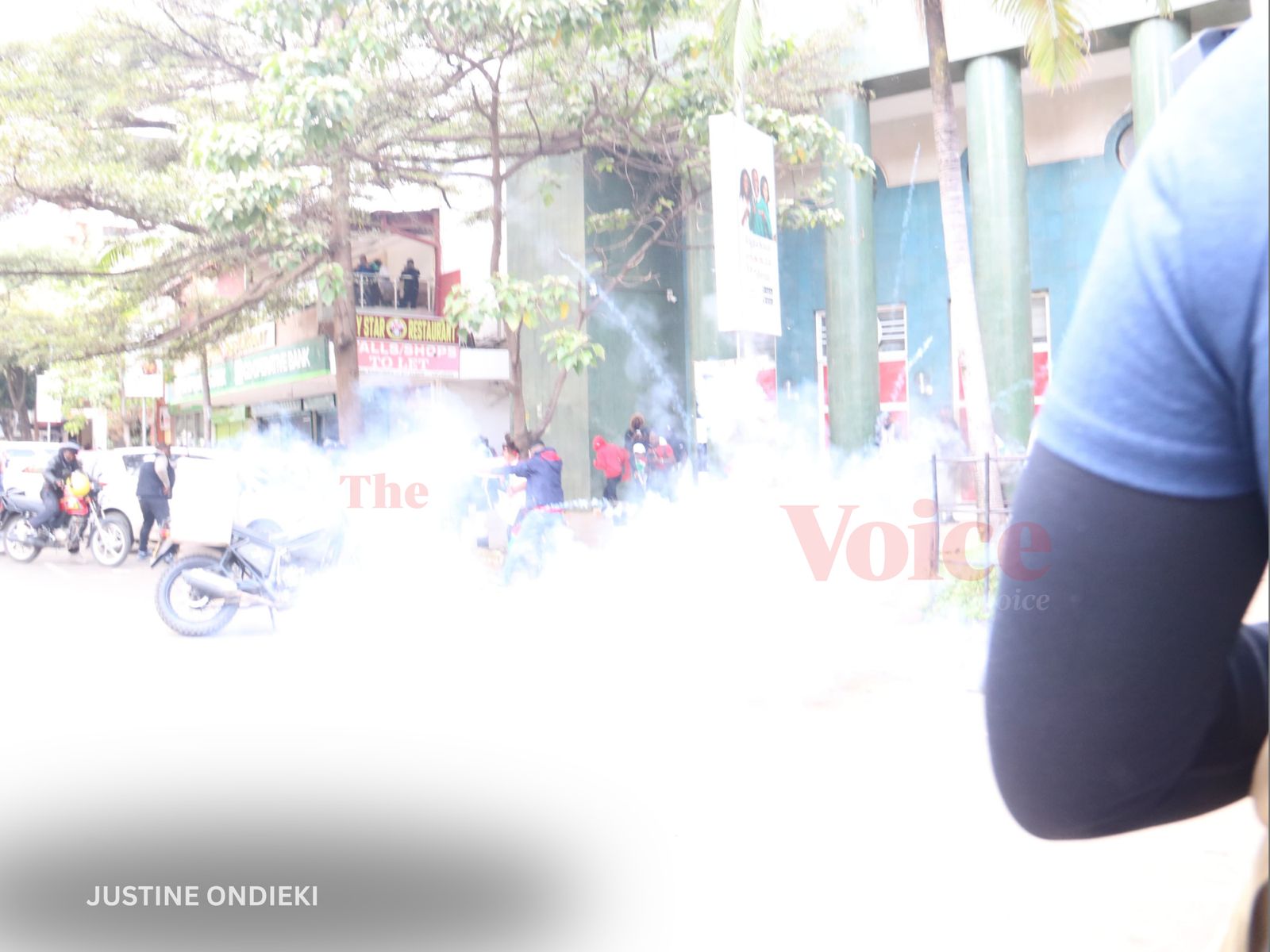
Justice Mwamuye further prohibited the police from using tear gas, chemical agents, water cannons, or any crowd-control measures against unarmed individuals who have taken shelter in vehicles, enclosed or semi-enclosed spaces, or areas with poor ventilation or limited exits.
The High Court has barred law enforcement officers from shooting at, firing tear gas into, or attacking hospitals, ambulances, emergency medical centres, and places of worship during protests.
Justice Bahati Mwamuye issued the orders following a petition filed by the Kenya Human Rights Commission (KHRC), which argued that during Wednesday's protests, police deliberately targeted safe spaces to inflict greater harm on injured protesters and medical staff.
More To Read
- Kenya’s crackdown on activists spotlighted at AU rights summit
- Kenyan government defends protest crackdown after UN raises alarm over rights violations
- Legal storm brews over Kenya’s cyber law as petitioners cry foul on privacy and expression
- Pressure mounts on Kenya to permit visit by UN special rapporteur
- KNCHR launches advisory on situation of human rights defenders in Kenya
- National Assembly clears Claris Awuor Ogangah to head KNCHR
"Pending the inter partes hearing and determination of the Petitioner/Applicant's Notice of Motion Application dated 26/06/2025, a conservatory order be and is hereby issued restraining the 1st Respondent and all officers and personnel of the National Police Service and/or all officers and personnel of any other agency acting in concert with or assisting the National Police Service in the discharge of its law enforcement functions from disrupting access to, receipt of, or delivery of medical services by deploying tear gas, pepper spray or similar chemicals, water cannons, crowd control measures, or any other disruptive means against persons seeking to access medical services, receiving medical services, or delivering medical services," the order reads.
Justice Mwamuye further prohibited the police from using tear gas, chemical agents, water cannons, or any crowd-control measures against unarmed individuals who have taken shelter in vehicles, enclosed or semi-enclosed spaces, or areas with poor ventilation or limited exits.
The matter is scheduled for hearing and highlighting of submissions on August 11.
In its petition, the Commission stated that on Wednesday, thousands of Kenyans took to the streets to demand justice for those killed during the 2024 Gen Z protests. However, at around 2 pm, police allegedly fired tear gas canisters at a medical response centre set up at Jamia Mosque in Nairobi, injuring both patients and medical personnel.
KHRC also claimed that police deliberately blocked key access roads to Kenyatta National Hospital, where many injured protesters were being taken, suggesting a coordinated effort to maximise harm.
The Commission now seeks to hold the Inspector-General of Police and the Attorney-General accountable should security forces continue to target such protected spaces.
It stated that protesters often seek refuge in churches, mosques, and emergency medical centres, which are considered safe havens from state violence. These institutions also offer vital, often life-saving, treatment during times of crisis.
The Commission further alleged that during the 2024 demonstrations, police also fired tear gas into hospitals and churches, including Nairobi’s All Saints’ Cathedral.
Top Stories Today
